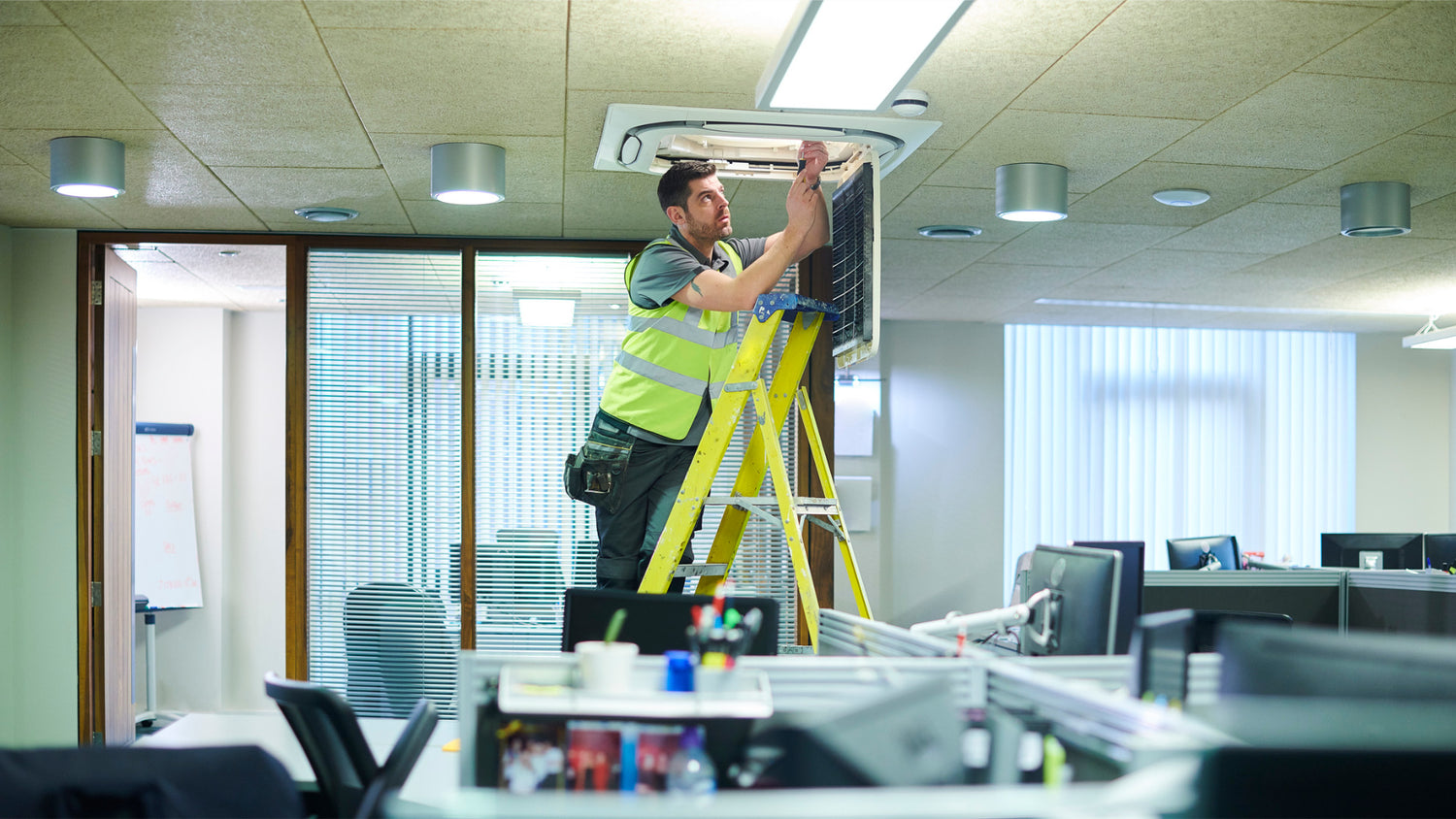
Best Practices For Energy Efficiency
The coronavirus crisis placed many businesses in the unusual position of being able to save significant amounts of money through improved energy efficiency during protracted shutdowns. There are specific best practices that firms can use to determine how much they can save, safely make the changes, and then reverse the process when business starts up again.
Make an Assessment
The first step is to enumerate all assets that could benefit from energy efficiency measures and assess their potential for improvement. This list should unquestionably include anything involved with heating, ventilation, and air conditioning (HVAC). All types of building automation must also be part of the assessment. Look carefully at industry-specific equipment, such as generators and cooling systems, because some machinery that ordinarily must keep running can be deactivated for extended periods.
Many common electronic devices continue to drain power in standby mode even when they appear to be off. Unplugging these energy vampires is often the only solution. Finally, determine which assets can be remotely configured from a building management system (BMS) and which ones require direct manual modifications.
Adjusting for Longer Vacancies in Hospitality
There are additional benefits to making more substantial adjustments for extended shutdowns. If a typical night or weekend setting is 3 degrees higher or lower, consider changing it by 6 degrees or more to increase savings. Many appliances might not be needed at all. For instance, refrigerators, freezers, and other equipment can be shut off entirely if no one is going to be there.
Dealing with Local Differences
Every location has specific issues that must be addressed. For example, setting the temperature to a higher level can save on air conditioning expenses in Sonora. On the other hand, some parts of Baja California might not get that hot, so setting the temperature too high could switch on heating systems and increase costs. Humidity can also be an issue in some areas, such as the Yucatán Peninsula. Keeping humidity below 65% helps to minimize mold and reduce other moisture-related damage.
Secondary Changes
There is another set of changes that result from altering patterns of usage. Adjusting the temperature is only the first step. The overall BTU loads for buildings change when people are not using them, and some systems need modifications. Industrial equipment and even office computers generate heat that must be removed under normal circumstances. It may be safe to turn off fans and ventilation systems in locations that are no longer in use.
Remember and Record
Remember to record all changes and account for the needs of remaining staff members. A specific person should be designated to track energy-saving changes and save a record of those changes. That way, all the changes can be reversed when most workers return. Failure to restart critical systems, such as ventilation and cooling, can damage equipment and injure workers. It is also crucial to ensure the safety and comfort of any remaining staff, such as maintenance personnel, during shutdowns. Temperatures must not be set too high, and some locations may still need ventilation.
Reach Out for Assistance
Due to the unusual nature of the current shutdowns, many firms are not equipped to make all of these changes on their own and should seek outside assistance. At Mexico Energy Partners, we stand ready to help you assess the potential for energy efficiency, make improvements, and obtain financing. With so many facilities closed, this might be the optimal time to adopt best practices for energy efficiency.

